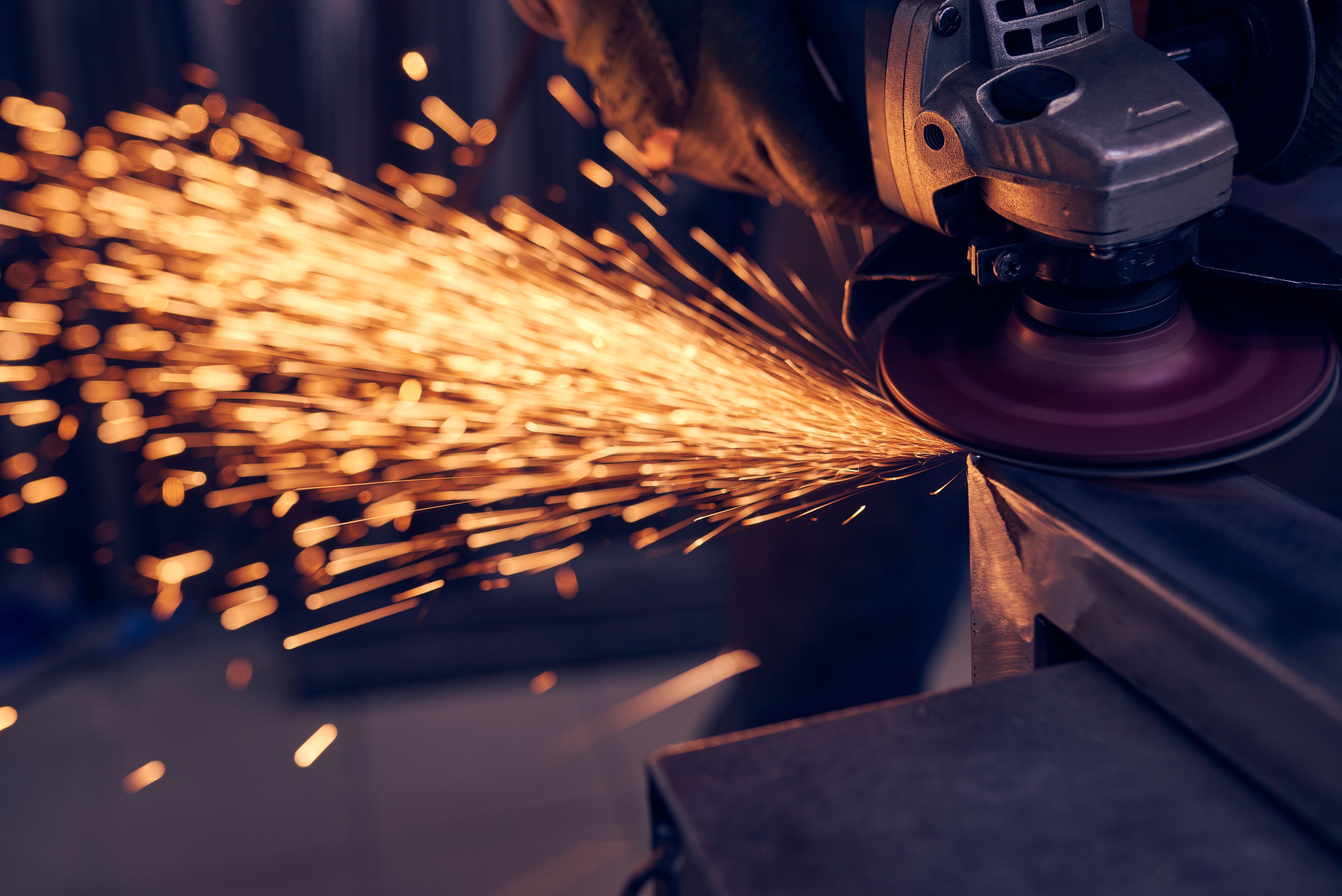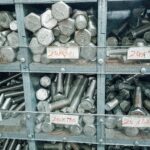Selecting the Right Grit of Abrasive for Metal Fabrication: Achieving Precision and Efficiency with J & T Supply
Metal fabrication is a meticulous process that demands precision and attention to detail. Whether you are smoothing rough edges, removing welds, or preparing surfaces for painting, choosing the right abrasive grit is crucial for achieving optimal results. At J & T Supply, we understand the importance of selecting the appropriate grit for your metal fabrication projects. In this blog post, we will explore the significance of abrasive grit and how J & T Supply can assist you in finding the perfect solution for your specific needs.
Abrasive grit refers to the size of the abrasive particles used in grinding, sanding, and polishing applications. It is measured in terms of the mesh size, which indicates the number of particles per inch. A higher mesh number represents finer particles, while a lower number indicates coarser particles.
Choosing the Right Grit for Metal Fabrication:
1. Coarse Grit (40-80):
Coarse grit abrasives are ideal for heavy-duty tasks such as weld removal, rust removal, and deburring. They are efficient in quickly shaping and leveling surfaces. Coarse grit is commonly used when significant material removal is required, particularly in the early stages of metal fabrication.
2. Medium Grit (100-180):
Medium grit abrasives strike a balance between material removal and surface refinement. They are suitable for smoothing rough areas, blending welded seams, and preparing surfaces for further finishing. Medium grit abrasives provide a good compromise between speed and surface finish quality.
3. Fine Grit (220-400):
Fine grit abrasives are essential for achieving a smooth and polished surface. They are ideal for removing scratches, refining surface imperfections, and enhancing the overall appearance of the metal. Fine grit abrasives are commonly used in final finishing stages and for delicate materials that require a high level of precision.
Factors to Consider:
When selecting the right grit abrasive for your metal fabrication project, consider the following factors:
1. Material Type: Different metals have varying hardness levels and surface characteristics. Choose the appropriate grit that suits the specific metal you are working with to achieve optimal results.
2. Desired Finish: Determine the desired surface finish for your project. Coarser grits provide a rougher finish, while finer grits offer a smoother and more refined appearance.
3. Efficiency vs. Precision: Consider the balance between material removal rate and precision. Coarser grits remove material faster but leave a rougher surface, while finer grits offer greater precision but may take longer to achieve the desired result.
How J & T Supply Can Help:
At J & T Supply, we understand that every metal fabrication project is unique, requiring specific abrasive solutions. Our extensive range of abrasives includes various grit options tailored to meet your precise requirements. Our knowledgeable team can guide you in selecting the appropriate abrasive grit for your metal fabrication needs, ensuring optimal performance, efficiency, and surface quality.
Choosing the right grit of abrasive is paramount to achieving exceptional results in metal fabrication. Whether you require aggressive material removal or a refined, polished finish, J & T Supply has the perfect solution for your specific needs. Trust our expertise, extensive inventory, and commitment to quality to enhance the precision, efficiency, and overall success of your metal fabrication projects. Contact J & T Supply today to explore our range of abrasive products and experience exceptional customer service.




